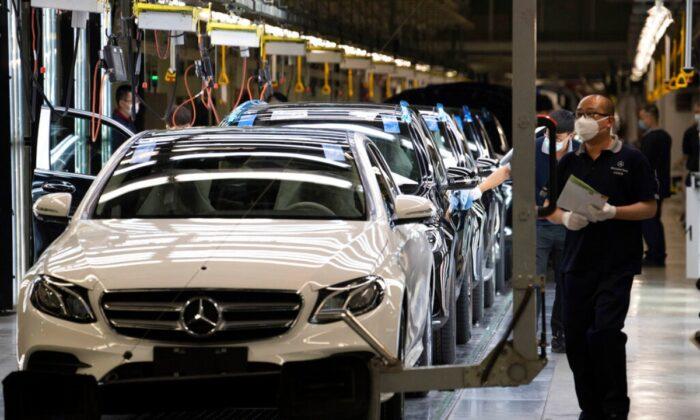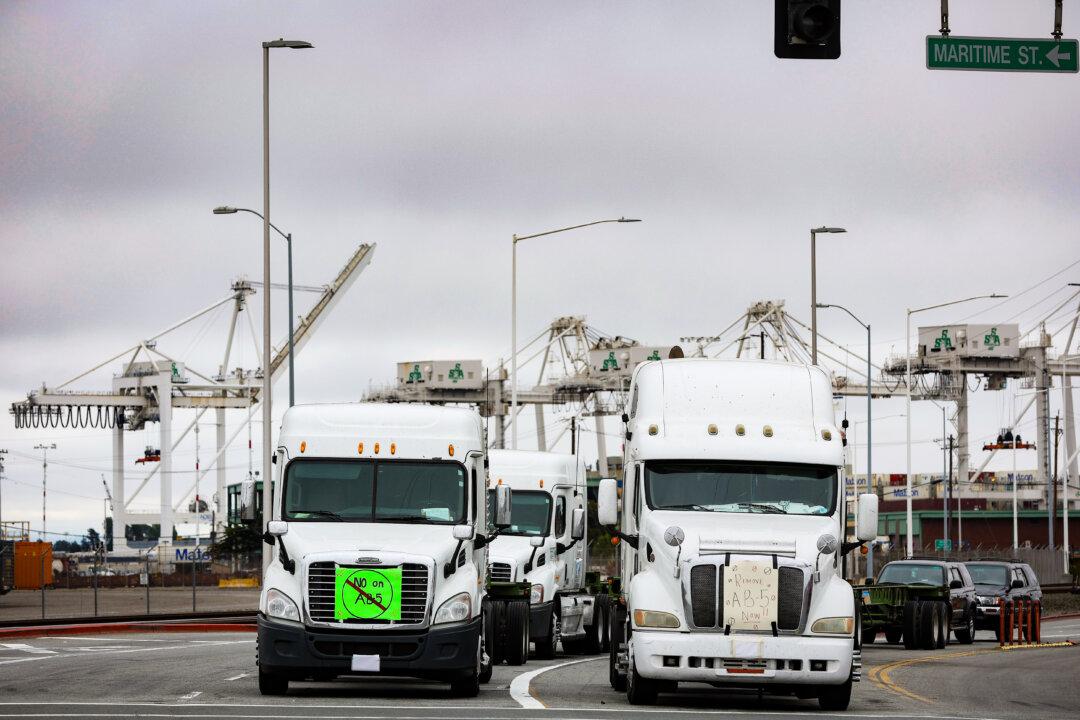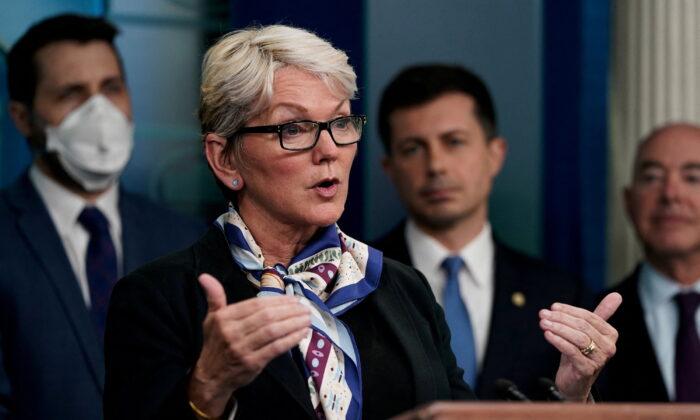Germany’s new factory orders fell in February 2022 on a monthly basis for the first time in four months, according to provisional results from the country’s federal statistical office.
New orders from the eurozone fell by 3.3 percent while those from non-European regions declined by 3.4 percent. Only domestic orders registered a growth, marginally rising by 0.2 percent.
In terms of the types of products, new orders for consumer foods grew by 0.7 percent in February, but capital goods fell by 2.8 percent and intermediate goods declined by 1.9 percent.
“As in the preceding months, the total of the values reported for new orders in many branches of manufacturing in February 2022 was higher than total turnover. The excess demand is likely to be due to the continuing acute shortage of intermediate products,” the press release said.
“As a result, many enterprises have problems filling new orders. The situation went slightly back to normal due to the decrease in new orders in February 2022.”
The decline in new orders is not an insignificant matter as it followed a rise in demand in January, said Joerg Kraemer, chief economist at Commerzbank AG.
The main challenges for German manufacturers in the coming months will be “less about demand and more about availability of raw materials” as supplies have been hit due to the Russia–Ukraine war and the COVID-19 lockdown restrictions in China, Kraemer said.
The dismal new orders data comes a month after the German government’s council of economic advisers cut the country’s economic growth forecast for 2022 from 4.6 percent to 1.8 percent. The advisers’ forecasts act as a guide for Berlin when deciding on fiscal policy.
Unlike the United States, the German economy is yet to fully recover from the effects of the COVID-19 pandemic, Wieland added.






Friends Read Free